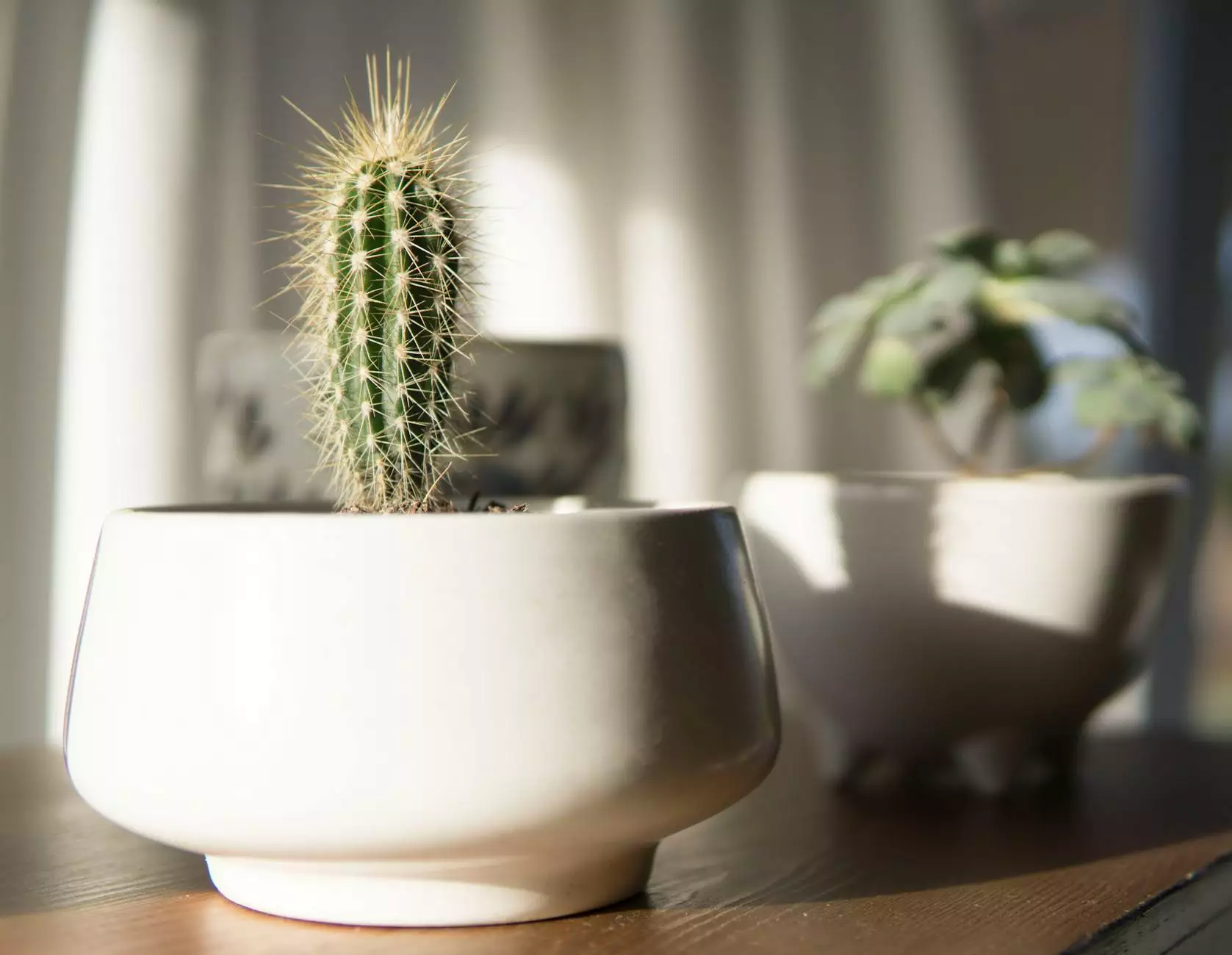Understanding and Treating Brown Spots on Legs and Feet

Every individual desires clear and healthy skin. However, the appearance of brown spots on legs and feet can be a cause for concern. These spots, often known as hyperpigmentation or age spots, can detract from one's self-esteem and may have underlying health implications. In this comprehensive guide, we'll delve into the causes, treatment options, and preventive measures to help you achieve a clear complexion.
What Are Brown Spots?
Brown spots are flat, discolored areas on the skin that may range in color from light brown to deep black. They usually occur in exposed areas like the arms, legs, and face. Understanding the various types of brown spots is crucial for determining the best course of action.
- Age Spots: Commonly known as solar lentigines, these typically develop due to prolonged sun exposure.
- Melasma: This condition often affects women during pregnancy or with hormonal changes and appears as brown patches on the skin.
- Freckles: These small, brown spots are genetic and tend to become more prominent with sun exposure.
- Post-Inflammatory Hyperpigmentation: This type occurs after an injury or inflammation, leading to darker patches in the affected area.
Causes of Brown Spots on Legs and Feet
The development of brown spots on legs and feet can be attributed to several factors:
1. Sun Exposure
One of the primary causes of brown spots is UV radiation from the sun. Over time, the sun's rays lead to an increase in melanin production, causing discoloration.
2. Aging
As we age, our skin undergoes changes, including a decrease in its ability to regenerate. This loss further contributes to the appearance of age spots.
3. Hormonal Changes
Hormonal fluctuations, especially in women, can lead to conditions like melasma, resulting in brown spots.
4. Genetics
Your genetic background plays a significant role. If brown spots are prevalent in your family, you may be more prone to developing them.
5. Skin Conditions
Certain skin conditions can also lead to hyperpigmentation. It's essential to consult a professional if you notice a sudden increase in brown spots.
Treating Brown Spots on Legs and Feet
Fortunately, there are various treatments available to help reduce the appearance of brown spots:
1. Topical Treatments
Several over-the-counter and prescription creams can lighten brown spots:
- Hydroquinone: A skin-lightening agent that can diminish the appearance of dark spots.
- Retinoids: These Vitamin A derivatives encourage cell turnover, helping to fade discoloration.
- AHA/BHA Products: Alpha and beta hydroxy acids exfoliate the skin, promoting a brighter complexion.
- Vitamin C Serums: Known for its antioxidant properties, Vitamin C can help lighten hyperpigmentation.
2. Professional Treatments
If home treatments aren’t effective, consider professional options:
- Chemical Peels: A procedure that removes the outer layer of skin, revealing smoother skin beneath.
- Laser Therapy: Lasers target brown spots with high-intensity light, helping to break down and diminish them.
- Microdermabrasion: A less invasive treatment that exfoliates the skin using tiny crystals.
- Cryotherapy: This involves freezing the brown spots with liquid nitrogen, leading to their removal.
3. Natural Remedies
Consider these natural remedies to assist in fading brown spots:
- Lemon Juice: Its natural bleaching properties can lighten spots when applied carefully.
- Aloe Vera: Known for its soothing properties, aloe vera can promote skin regeneration.
- Green Tea Extract: Rich in antioxidants, it's believed to help reduce hyperpigmentation.
Preventing Brown Spots on Legs and Feet
Prevention is often the best approach. Here are some effective strategies to keep brown spots at bay:
1. Sun Protection
Apply a broad-spectrum sunscreen with an SPF of at least 30 every day, even on cloudy days. Reapply every two hours when outdoors.
2. Wear Protective Clothing
Long-sleeved shirts, wide-brimmed hats, and long pants can shield your skin from harmful UV rays.
3. Avoid Tanning Beds
These can accelerate skin aging and increase the risk of developing brown spots.
4. Regular Skin Checks
Monitor your skin for any new or changing spots. Early detection is key to addressing potential problems.
When to Seek Medical Advice
While most brown spots are harmless, it's crucial to be vigilant. Consult a healthcare professional if:
- The spots change color, size, or shape.
- They become painful or bleed.
- You notice a sudden increase in the number of spots.
- There's a family history of skin cancer or melanoma.
Conclusion
Brown spots on legs and feet can be a source of frustration for many. By understanding their causes and exploring treatment and preventive measures, you can take proactive steps toward maintaining healthy skin. If you notice persistent or changing spots, it's always wise to consult with healthcare providers specializing in dermatology or vascular medicine, like those at trufflesveinspecialists.com. They can provide tailored advice and treatment plans suited to your individual needs.









